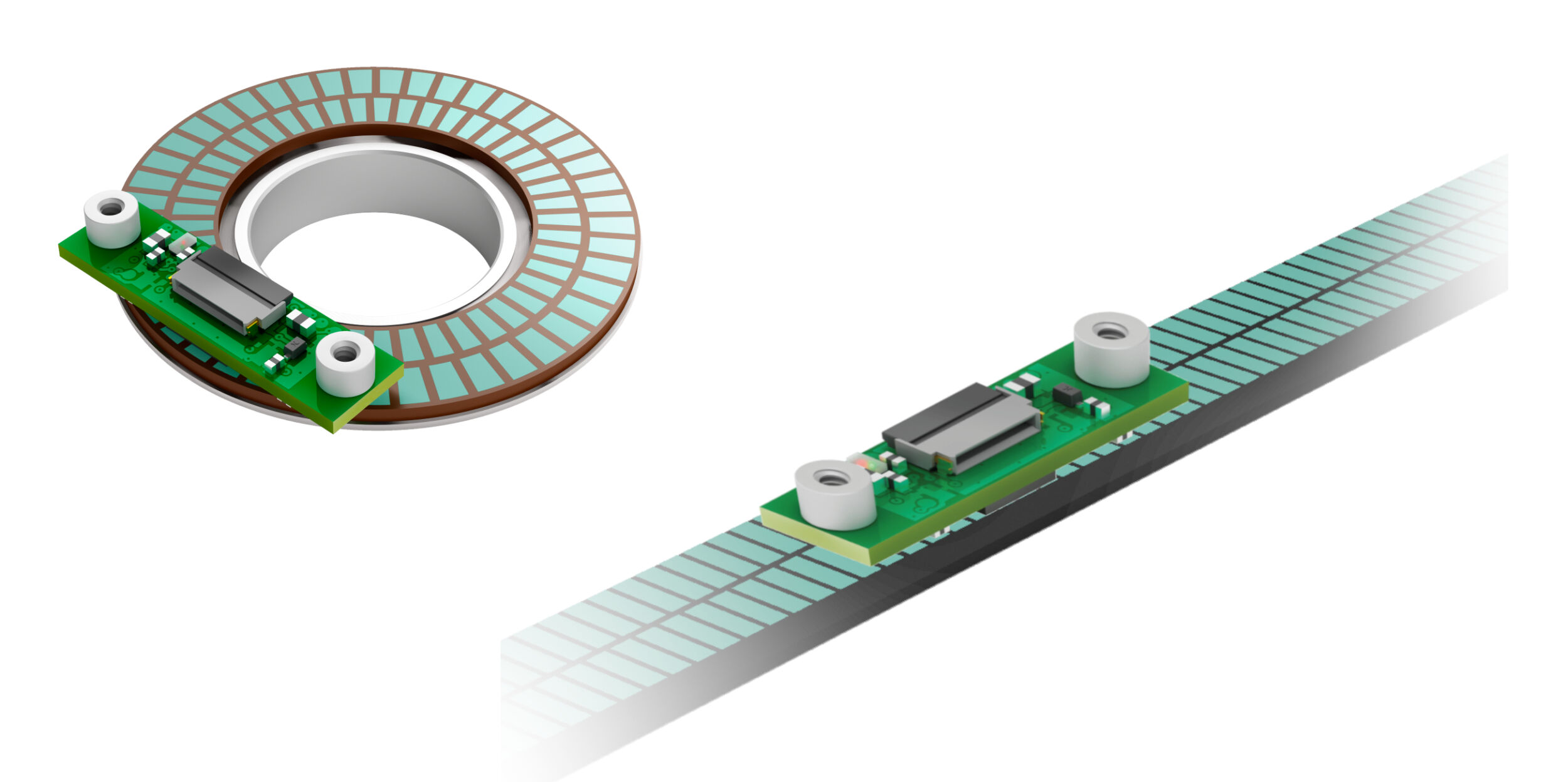The China Factor
Twelve years ago, as a national long-term strategic goal, China crafted 5-year plans with specific goals to encourage the use of robots in manufacturing to enhance quality and reduce the need for unskilled labor, and to establish the manufacture of robots in-country to reduce the reliance on foreign suppliers. After three successive well funded and fully incentivized 5-year robotics plans, one can easily see the transformation: robot and component manufacturers have grown from fewer than ten to more than 700 while companies using robots in their manufacturing and material handling process have grown similarly. [NOTE: During the same period, America implemented various manufacturing initiatives involving robotics, however none were comparably funded or, more importantly, continuously funded over time.] Recently China turned its focus to artificial intelligence. Specifically, they’ve set out a three-pronged plan to catch up by 2020, achieve mid-term parity in autonomous vehicles, image recognition and, perhaps, simultaneous translation by 2025, and lead the world in AI and machine learning by 2030. Western companies doing business in China have been plagued by intellectual property thievery, copying and reverse engineering, and heavy-handed partnerships and joint ventures where IP must be given to the Chinese venture. Steve Dickinson, a lawyer with Harris Bricken, a Seattle law firm whose slogan is ‚Tough Markets; Bold Lawyers‘, wrote: „With respect to appropriating the technology and then selling it back into the developed market from which it came: that is of course the Chinese strategy. It is the strategy of businesses in every developing country. The U.S. followed this approach during the entire 19th and early 20th centuries. Japan and Korea and Taiwan did it with great success in the post WWII era. That is how technical progress is made. It is clear that appropriating foreign AI technology is the goal of every Chinese company operating in this sector [robotics, e-commerce, logistics and manufacturing]. For that reason, all foreign entities that work with Chinese companies in any way must be aware of the significant risk and must take the steps required to protect themselves.“ What is really clear is that where data in large quantity is available, as in China, and where speed is normal and privacy is nil, as in China, AI techniques such as machine and deep learning can thrive and achieve remarkable results at breakneck speed. That’s what is happening right now in China.
Bottom line
Growth in the service robotics sector is still a promise more than a reality and there is a pressing need to deliver on those promises. We have seen tremendous progress on processors, sensors, cameras and communications but so far the integration is lacking. One roboticist characterized the integration of all that data as a need for a ‚reality sensor‘, i.e., a higher-level indicator of what is being seen or processed. If the sensors pick up a series of pixels that are interpreted to be a person, and the processing determines its motion to be intersecting with your robot, it would be helpful to know whether it’s a pedestrian, a policeman, a fireman, a sanitation worker, a construction worker or a surveyor. That information would help refine the prediction and your actions. It would add reality to image processing and visual perception. Even as the ratio of development in hardware to software shifts more toward software, there are still many challenges to overcome. Henrik Christensen, the director of the Institute for Contextual Robotics at the University of California San Diego, cited a few of those challenges:
- Better end-effectors/hands. We still only have very limited capability hands and they are way too expensive
- The user interfaces for most robots are still very limited, eg, different robots have different chargers
- The cost of integrating systems is very high. We need much better plug and play systems
- We see lots of use of AI/deep learning but in most cases without performance guarantees; not a viable long-term solution until things improve
One often forgets the science involved in robotics, embedded AI, and the many challenges remaining until we have a functional fully-capable, fully-interactive service robot.












